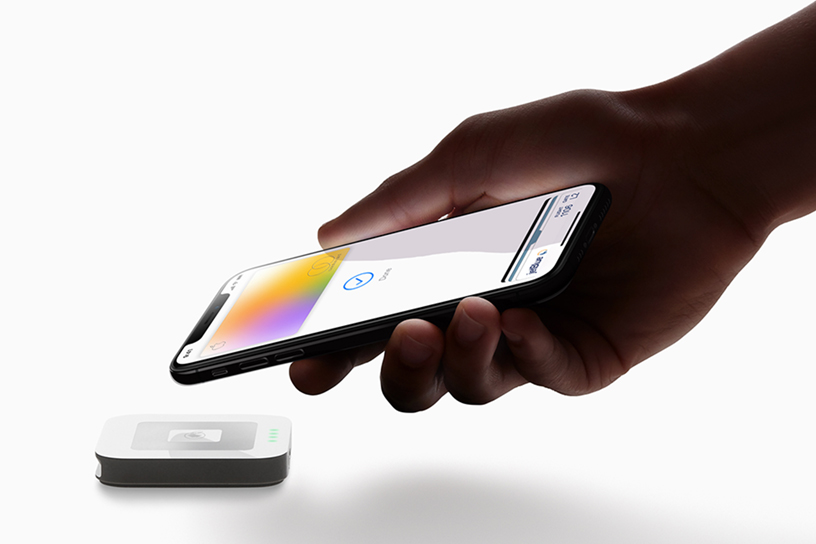
@Apple’s new credit card is just an incremental change that simply reinforces the dominance of banks in the digital finance space.
Behind the Apple digital card is Goldman Sachs Retail. Behind that is MasterCard, and later Visa. Behind those are the other banks on the acceptance side of the transaction. So it prolongs the lifespan of everyone of these players and adds more digital transactions into their income stream. So, how does any of this gets us closer to the future where payments dis-intermediates the incumbents as we know them?
Without asking anyone, I can tell at once that the card will be only for US-based customers. Apple has to find a bank per country in each of all the countries it operates in to back-end the product if it wants to offer it outside the US.
The promise for a totally borderless payment platform is one that uses a borderless token that today has to be accepted by every single regulator. The only breakthrough there will be when there is a technology player has the gall to stop asking for permission in the first place for a digital token that means the same thing to everyone. These also already exist.
The digital version of the physical credit card was too long a time coming. The concepts of transparency of information, throwing away the physical token, the device itself carrying the security features instead of dual factor authentication and so on, are all features that have existed for many years now. It’s just that the traditional banks just did not see it necessary to move away from their physical card totally because their war was still at the merchant’s physical point of sale.
Now that Apple has forced the idea of a fully digital version of the card, all it has done is made it easier for the banks to offer this as one of several alternatives of the basic physical card themselves, even riding on the iPhone’s digital security features.
With just 13.2% of the mobile device systems in the world, Apple today can only introduce a concept that can be easily unleashed and democratised further by the giant Android platform with 86.8%. Anyone who runs a credit card business will tell you that zero fees, cash backs are not digital features but marketing costs for market share that will need to be repaid somewhere else on some other day.
Many banks around the world already offer transparency of spending data through apps, which is also a platform that is coming to an end as the device carries more of the security features itself.
The real battle now is between the Chinese approach and the American approach to digital finance. Although the Chinese did not invent any of the digital technology that we now enjoy, they mastered its application and created the communal ecosystem so fully within their own large economy.
It’s just a wonder that there is no Western equivalent of the all-encompassing magic of Alipay and WeChat in everyday life, not just for cards but in mutual funds, insurance, loans, securities and investments.
Repeatedly, Facebook, Whatsapp, Twitter and almost every Western player consciously chose on the advertising model instead of creating deeper eco-systems, which they could have just by completing the digital payments loop of the equation.
The argument that the Western platforms would not have been global if they tried to build the finance plugin to their model as every country is different is only true if all they wanted was to be a digital version of fiat money. It is true that the Chinese system is currently mostly domestic to China, but as they internationalise, they have been chipping away at the problem of a cross border digital wallet far more extensively than the Western players.
It was also the Chinese who exposed the fallacy that the QR code was not secure enough, a fiction invented by Visa and MasterCard to perpetuate the physical card by offering NFC as the alternative. So the Chinese have been chipping away at incumbency far more than the western players and have to be offered as the standard by which the Western platforms have now got to explain themselves against, instead of wasting marketing money on yet another gimmick that generates a lot of noise but takes us exactly nowhere.
It is very important to separate the wheat from the chaff in the evolution of this industry. For those waiting for the day when finance is truly digital, and the incumbent Visa and Mastercard do not stranglehold payments with their ludicrous hidden fees and archaic technology, the Apple card just bought them a bit more time.
Emmanuel Daniel







